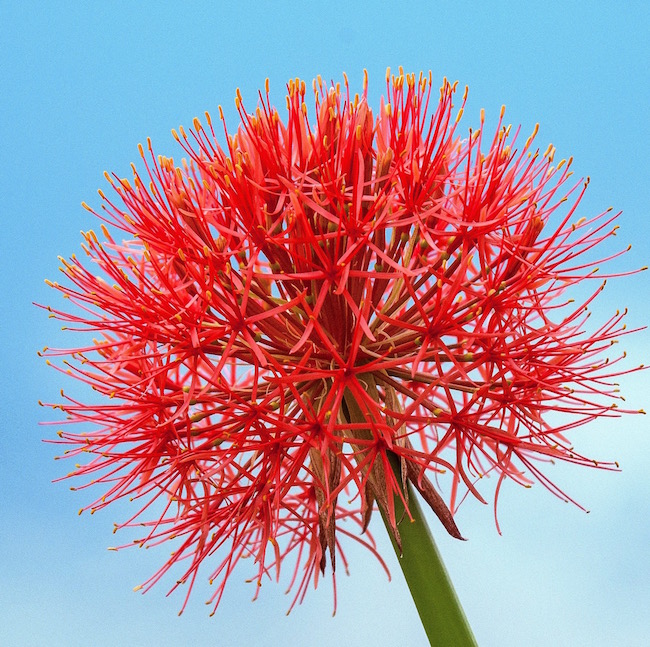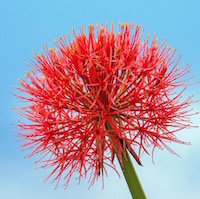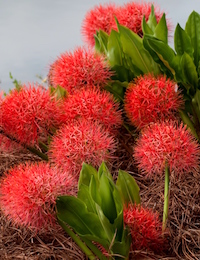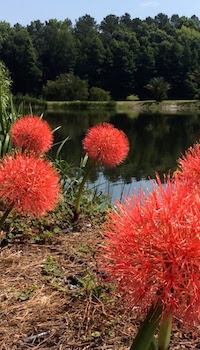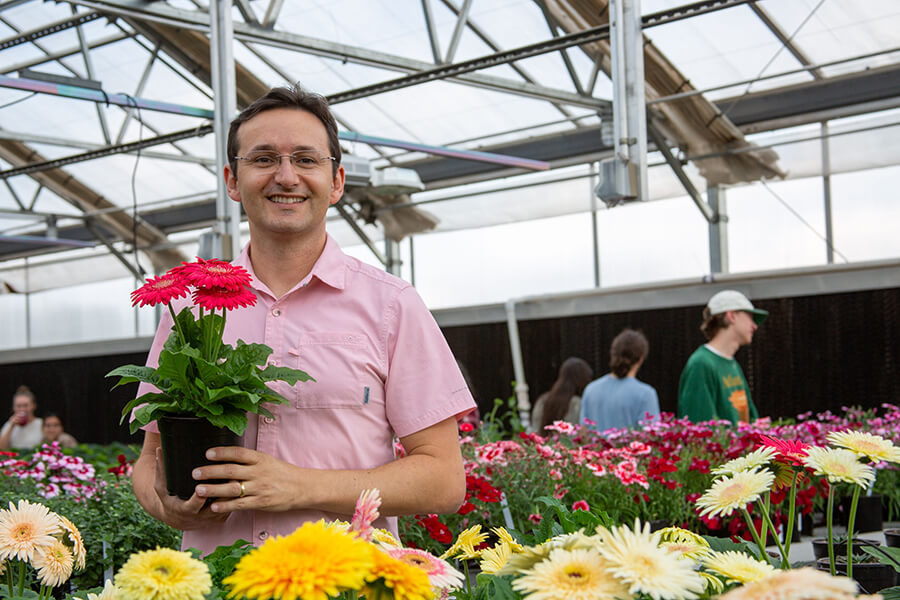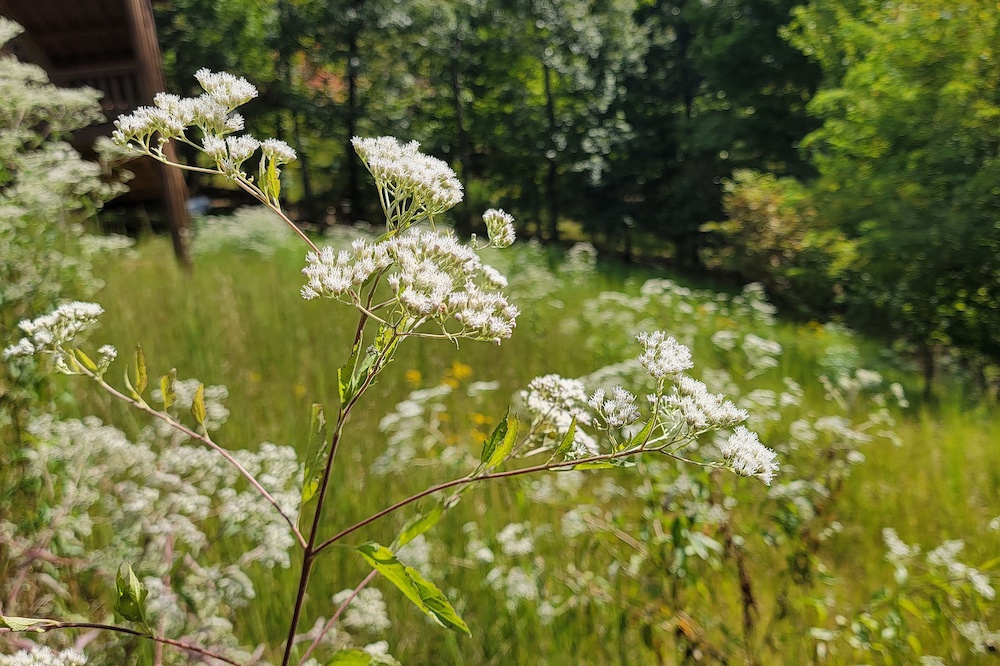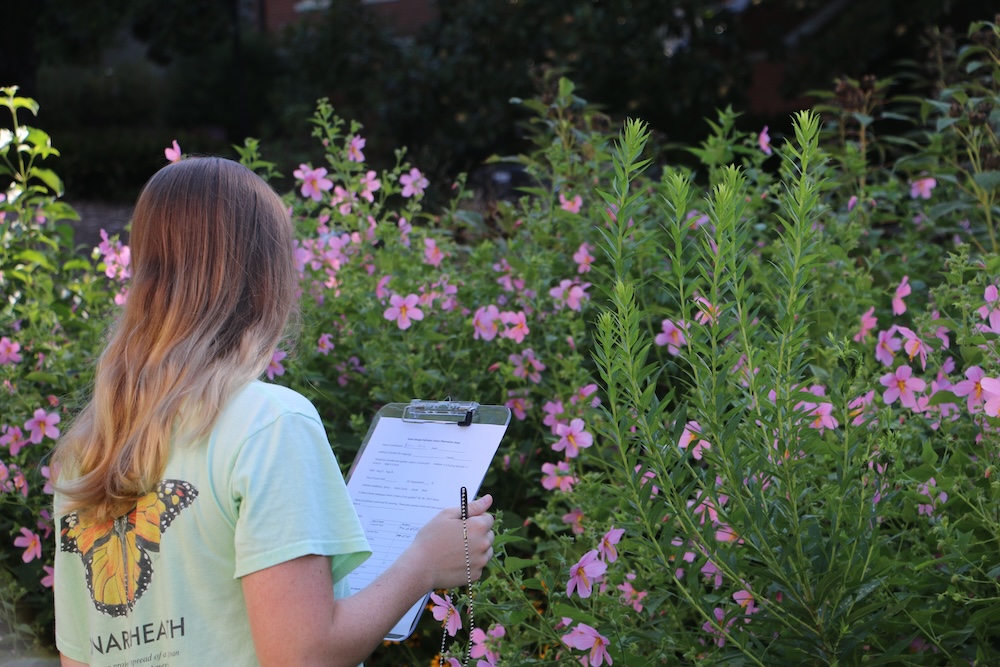The first time I saw the African blood lily was at a flower show in Atlanta. I was stunned at its size and beauty, and I put it on my ever-growing bucket list of must-have flowers. Now, thanks to my innovative Horticulture Coordinator Jamie Burghardt, I, along with the throngs of visitors to the Coastal Georgia Botanical Garden at the Historic Bamboo Farm in Savannah, Georgia, get to relish in their beauty every year.
The African blood lily is known botanically as Scadoxus multiflorus, a change from the Haemanthus multiflorus seen that day at the Atlanta flower show. It is in the Amaryllis family and is indeed native to South Africa. A lot of literature suggests it is perennial only for zones 9 to 11, but it is not hard to find long-term trials where it survives in zone 7b with great winter drainage.
This is particularly true for the subspecies katherinae. Sometimes this is referred to as “Katherine’s torch lily.” Most think the common name “blood lily” somehow references the vibrant color of the blooms. It is actually a reference to the bulbs, which look as though blood has been dripped on their sides. In addition to blood lily, other common names are fireball lily, powderpuff lily and football lily.
Our expanding patch or clump at the UGA garden is now three years old. It has been surprising to see the dramatic increase in size and the number of flower stalks in such a short amount of time, especially given reports that they like to be root-bound to bloom. Ours are growing on a lakeside shoreline in our Shade Garden. They get morning sun and afternoon shade, and, while the soil is not luxuriant in fertility, it does have superb drainage.
The flowers are comprised of large, 6-inch umbels, or softball-sized globes, borne on stalks about 12 to 18 inches tall. Each sphere has dozens of red florets with yellow stamens. This creates one of the showiest floral displays in the plant world.
The African blood lily bulb should be planted deep enough so that the top of the neck is above the soil surface. If you are like us and buy container-grown plants, place the plant in a well-prepared bed with the top of the root ball even with the soil surface. This is one flower that deserves to be clustered in a group of five to seven, spaced 10 to 12 inches apart to create a dazzling, traffic-stopping show.
Your landscape partners are only limited by your imagination. Know that the cluster of fiery red globes stand out against a backdrop of green foliage. Within proximity of our cluster, we have large farfugium, or giant leopard plants, as well as fatsia.
The foliage of the African blood lily, although much smaller, has a texture similar to bananas and even some gingers, so a tropical-style garden of coarse foliage would partner to perfection. Clusters of blood lilies, however blooming, with the deep blue spikes of ‘Mystic Spires Blue’ salvia and ‘Goldsturm’ rudbeckia would create a cottage garden long remembered.
Don’t forget that, at best, we are talking about a zone 7b plant with the subspecies katherinae, so you may elect to grow them in containers. An image search on the internet will show you scores of dazzling photos proving the concept. If you are in a colder zone, whether they’re in containers or in the landscape, reducing water and moving them to a warm winter location will be mandatory. The bulbs can be easily dug and stored in dry peat for the winter rest.
The African blood lily doesn’t have to just be a plant you dream about growing or even that you have to wait to grow until you move California or the Deep South.
Follow me on Twitter at @CGBGgardenguru. For more information about the UGA Coastal Botanical Garden, go to coastalgeorgiabg.org.

